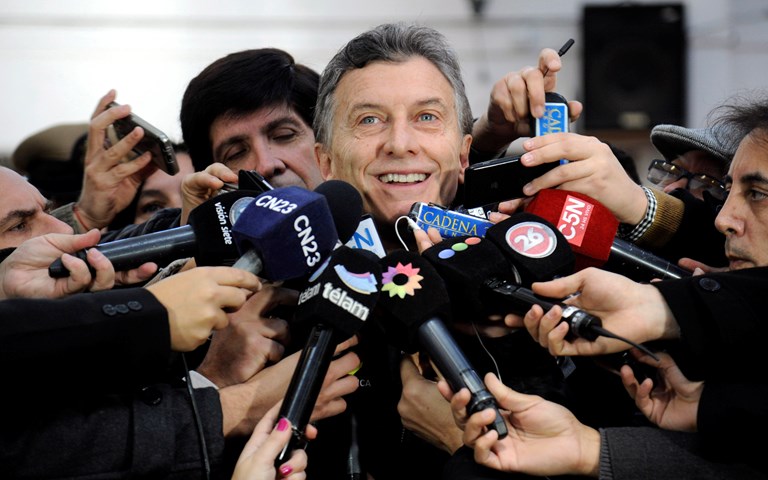Since he took office on Dec. 10, Macri has been focusing on reassuring foreign investors, and in particular mining companies, that his country is back to business. In mid-February, Macri lifted the five per cent export duties on mining products, instituted by the previous administration 10 years ago. The objective is to re-establish the attractiveness of Argentina’s mining provinces, particularly San Juan and Catamarca.
“The measure was well received in the mining provinces because these export duties were increasing costs, thus hindering their attractiveness for mining investors,” said Leonardo Viglione, mining leader of PwC Argentina. “The objective is to give a signal that Argentina is back on the right track.”
Macri also lifted foreign exchange controls in mid-December, which for years had maintained the Argentinean peso artificially high compared to the U.S. dollar (US$1=9.5 pesos). This overvaluation inspired the creation of a parallel, non-official market more in tune with the currency’s real value (US$1=14 pesos). By allowing the peso to float freely, Macri triggered a dramatic devaluation against the U.S. dollar, which almost reached 60 per cent at the beginning of March. The decision obviously had a very positive impact on capital and operational costs for exporting companies, since most of those costs are incurred in pesos while products are sold in U.S. dollars.
“The devaluation benefits all exporting companies, including the mining ones,” said Viglione. “The government has merged the two foreign exchange markets and now there is only one.”
The new secretary of mines, Daniel Meilán, was busy getting the message out at the PDAC convention held in March in Toronto. According to the Argentinian press, Meilán said it was simply “impossible” to attract the required investment with the previously imposed export duties and controls on foreign exchange. Argentina still has 750,000 square kilometres waiting for mining development, of which only 150,000 have been prospected. The country would need US$400 million per year in exploration efforts, and US$20 billion to develop the 20 to 25 projects currently on the map, he said.
Chair and CEO of the Ontario Securities Commission




